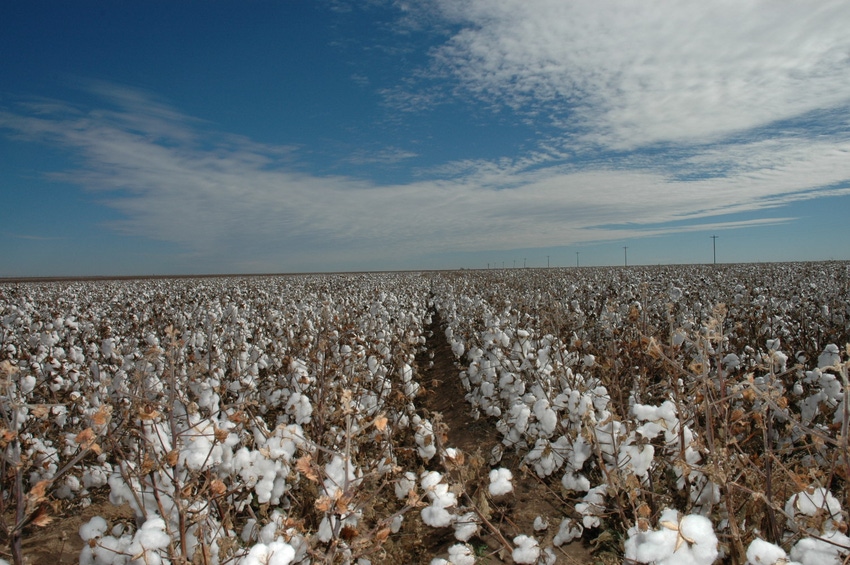May 6, 2016

In this column I am revisiting a topic that I have written about several times before. Since October of 2014, ICE cotton futures have been trading within a fairly narrow range (Figure 1, red line) mostly in the lower to mid-60s. The limits of that range have been delineated and explained by the near-term demand response to price changes. Since U.S. cotton is mostly exported, the demand response is best reflected by weekly export quantities of U.S. upland cotton (Figure 1, blue line).
The apparent short run pattern is exactly what economics would predict. As New York futures prices rise to the upper end of the range, U.S. exports are smaller. As futures fall to the lower end of the range, U.S. exports are higher. Taking a look at Figure 1 confirms that this demand response to price is still occurring. The relationship appeared to be breaking down in early April, but it has since resumed.
Until something happens to shift demand outward, we can expect this relationship and the resulting price range to continue. As we have discussed before, the things that might expand the demand relationship include an improving economy, increasing incomes, better consumer sentiment, and a renewed consumer preference for cotton blends. I don’t expect any of these things to happen soon. Similarly I do not expect polyester supplies to suddenly become scarce or more expensive. These considerations reinforce the likelihood of range-bound prices.
An unexpected shortage of foreign cotton could expand the demand for U.S. cotton. Even with forthcoming USDA forecasts of 2016 foreign production, it is still very early. There will likely be cuts in Chinese acreage. It is unclear how much, if any, acreage will be cut in other major cotton producing countries. Weather will have its usual influence. Right now, the weather forecasters in India are calling for a slightly above average monsoon, meaning that their production prospects may be good. It all remains to be seen.
For the latest on southwest agriculture, please check out Southwest Farm Press Daily and receive the latest news right to your inbox.
Lastly, acres and weather will also have its effect on U.S. production and supply. But here we have more questions than answers. The benchmark acreage reports suggest 9.5 million acres of U.S. cotton planted. The U.S. crop so far is being planted in conditions of adequate to above average moisture. Does that mean yields will be strong and abandonment will be low? It is simply too early to tell. What if June has above average rains, and July and August each receives one good, so-called “million dollar rain”? That could result in low abandonment (as in ’10) and strong yields (as in ’07 and ’10). On the other hand, if El Niño fades quickly and La Niña comes roaring in, and the last rain is on Father’s Day, we could see 3 million fewer bales in the southwestern parts of the Cotton Belt. These are the extremes of what is possible.
If the U.S. crop appears to start coming in on the short end of expectations, there could well be a brief supply response in the market. That is, a speculative fueled rally could push futures above 65 cents. These types of weather market rallies typically do not endure, especially when the demand fundamentals are as weak as they currently appear. Until demand really shifts outward, there is little chance for sustained higher prices.
At any rate, the potential weather effect will be greater than these potential influences combined with the new normal of sub-10 million acre plantings.
For additional thoughts on these and other cotton marketing topics, please visit my weekly on-line newsletter at http://agrilife.org/cottonmarketing/.
Figure 1 |
|
|
About the Author(s)
You May Also Like




